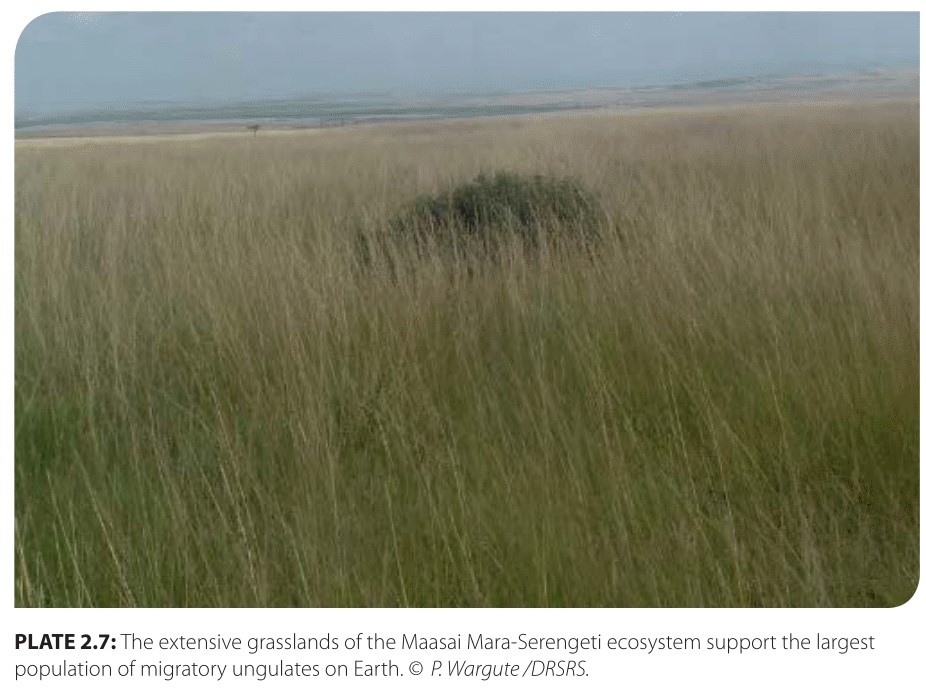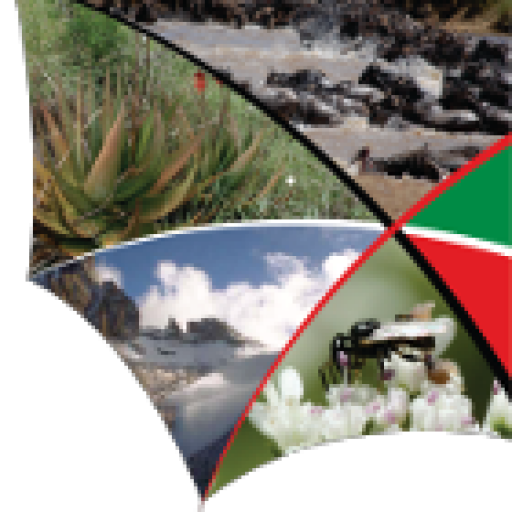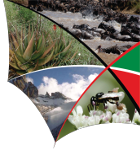Grasslands
Grassland ecosystems are, like the woodlands and shrublands, a mixture of habitats, depending on topography, drainage and soils. Grasslands unbroken by other habitats are a rarity in Kenya, confined largely to areas of volcanic soils such as the Athi Plains, ancient lakebeds such as Amboseli, floodplains such as the ox-bows of the Galana River, and estuaries and deltas such as the lower Tana River. In most respects the grasslands and shrublands occupy similar climatic and ecological zones, with the grasslands being distinguished as areas where grass cover exceeds shrub and woody cover, giving the appearance of open savannahs. The grasslands range from the sparse short grasses of low rainfall areas to tall derived grasslands in wetter regions where woodlands have been removed by fire and settlement.
Importance of Grasslands
Grassland and shrubland ecosystems are commonly combined as the rangelands in terms of livestock production, the dominant land use. Collectively the rangelands cover a quarter of the Earth’s land surface and nearly three quarters of Kenya. They are important in carbon and water capture, flood and nutrient regulation, and in erosion control. Grasslands support the bulk of free-range livestock economies, especially cattle, sheep and goats, and some of the largest remaining migratory wildlife populations. Grasslands have played a large role in shaping cowboy, ranching and pastoral economies and cultures, as well as in wildlife conservation, outdoor recreation and adventure tourism. The East African grasslands have come to symbolize not only the birthplace of indigenous peoples, but the cradle of all humankind. The archaeological sites at Olorgesaili and L. Turkana have come to epitomize our common origins in the savannah grasslands.


